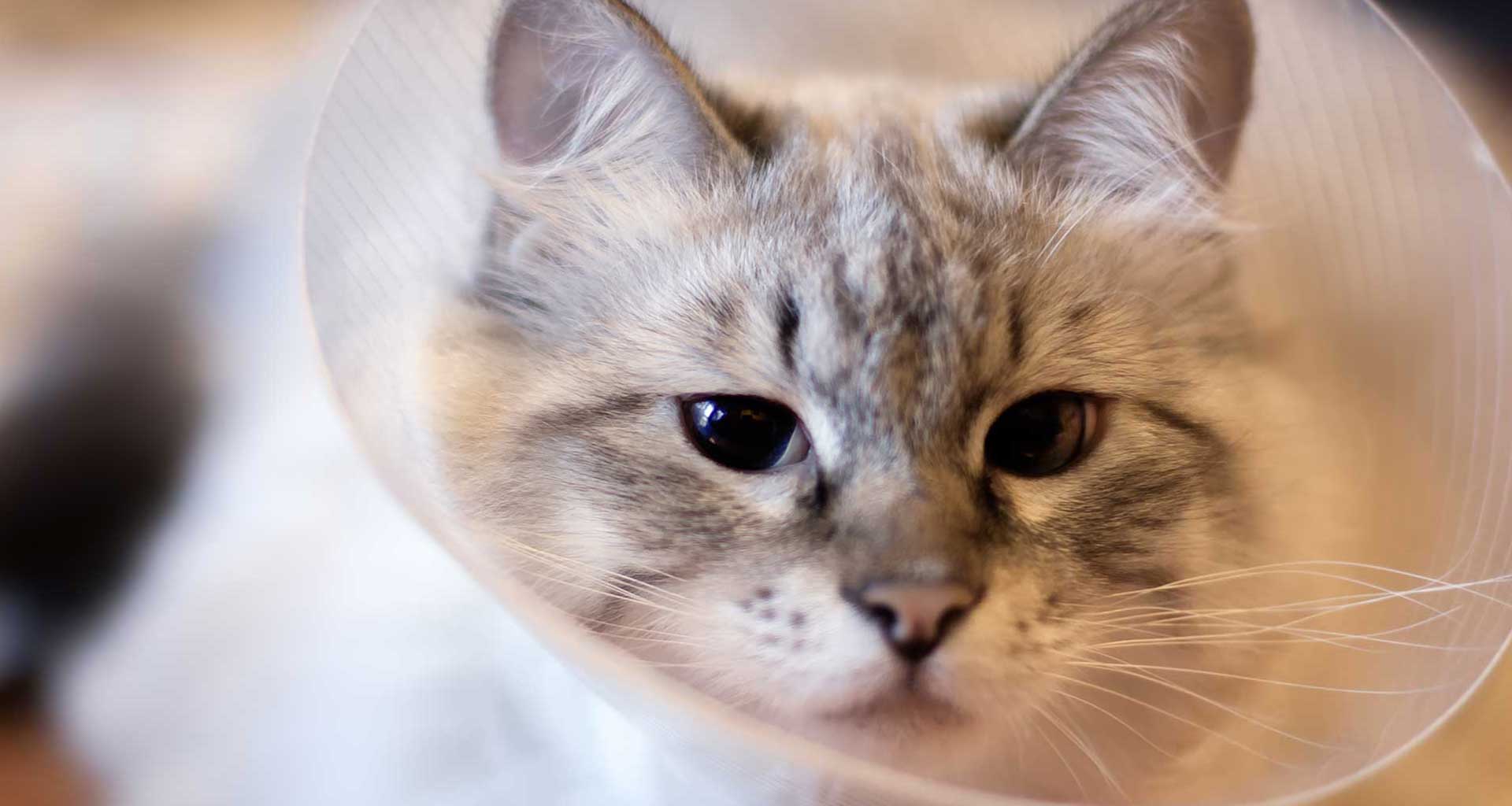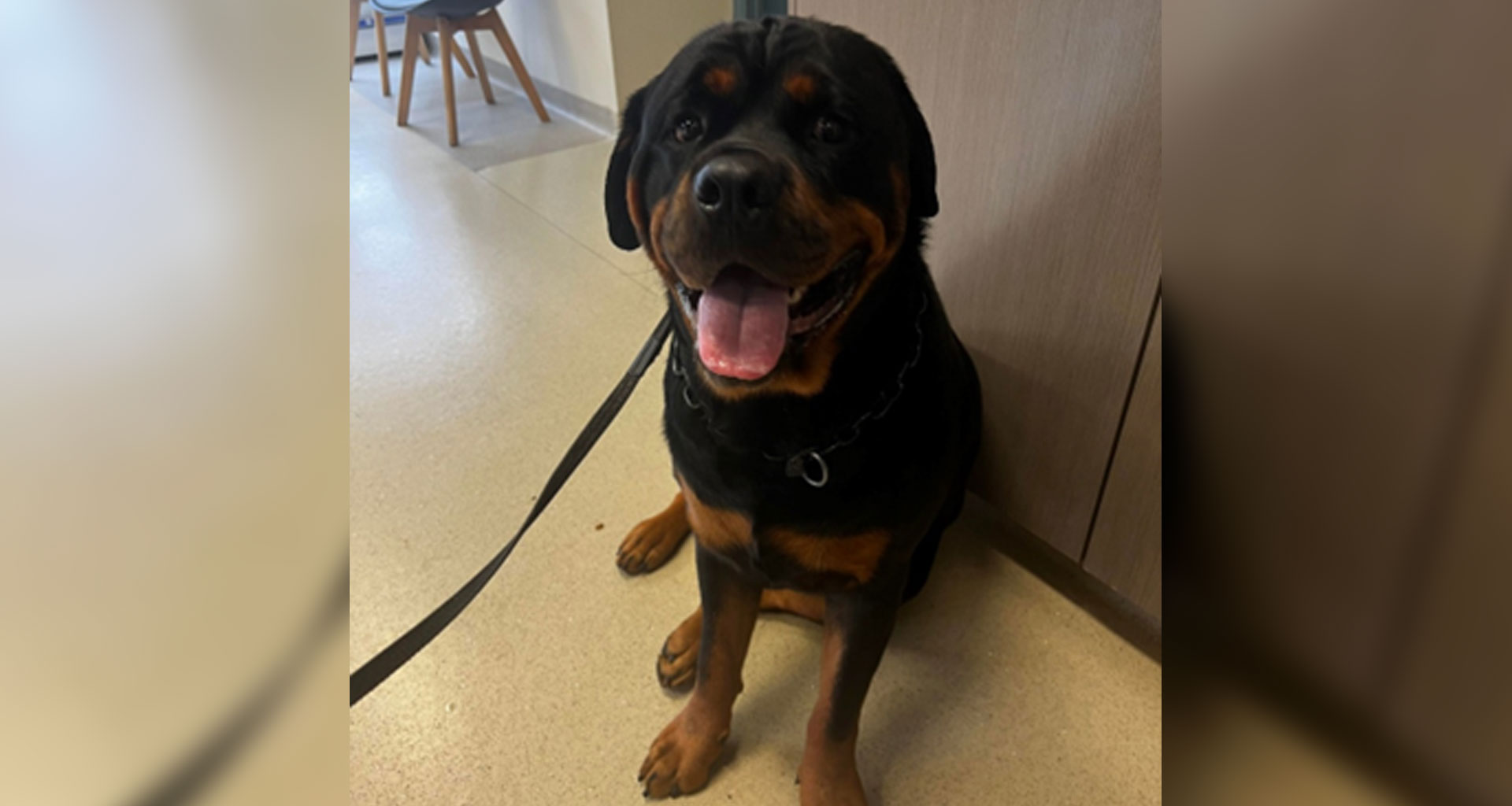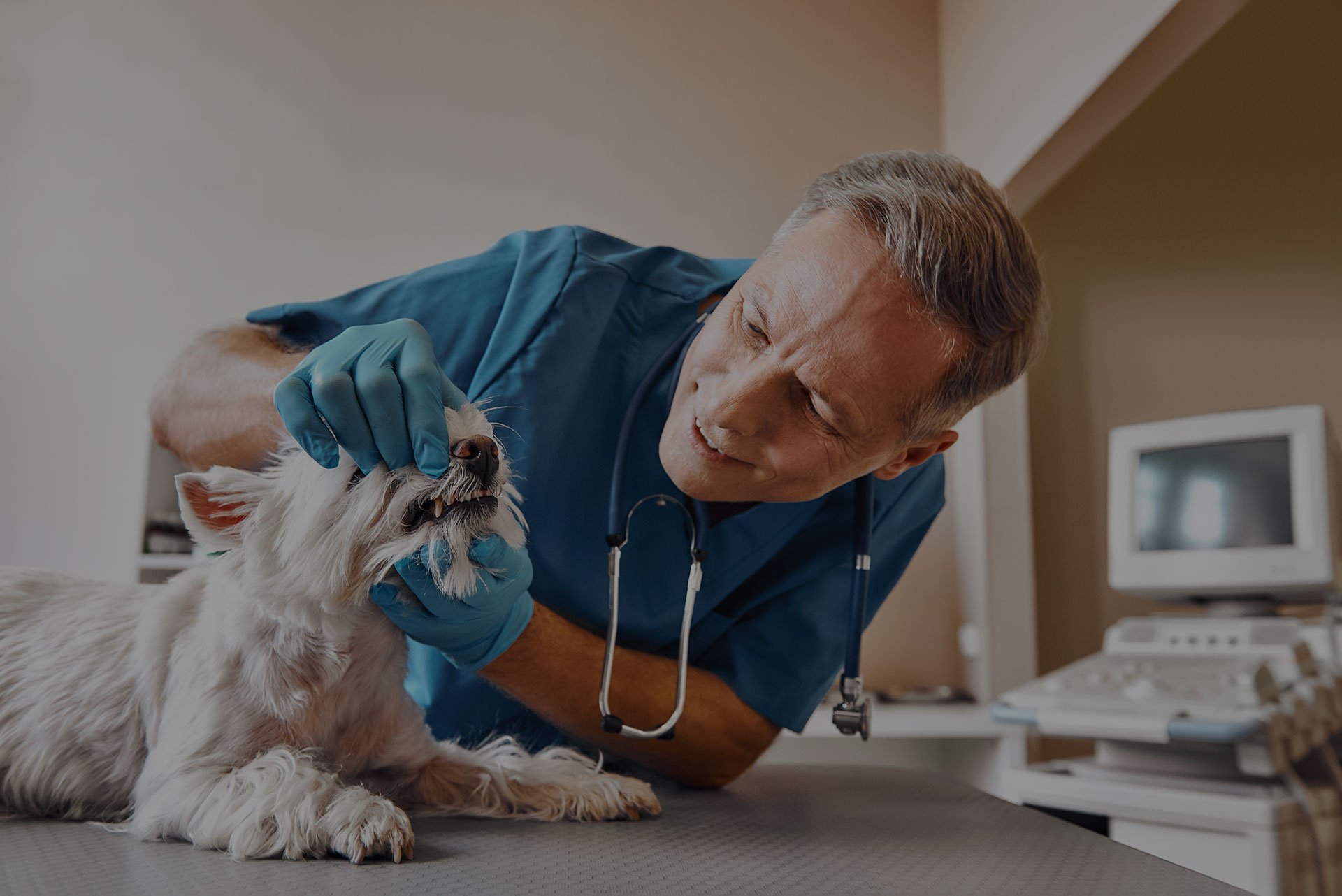Desexing and neutering are umbrella terms for the surgical sterilisation of both male and female animals. Females are ‘speyed’ by removing the ovaries and uterus, and males are ‘castrated’ by removing the testicles. It has always been a convenient way to provide contraception and prevent many diseases, and it has traditionally been performed at the age of 6 months. However, our increasing knowledge of the effects of the surgery as well as the advent of other health issues as a result of breeding mean the question of when to desex and what else should be done at the same time is important. These considerations vary depending on the breed and the individual.
The question of age and reproductive system diseases
Speying a female dog and cat significantly reduce the incidence of mammary (breast) cancer and pyometra (infected uterus) later in life. Mammary cancer is extremely common in entire females or those desexed after a few heats, and even having one heat prior to desexing can increase the risk greatly. If a bitch has been used for breeding, it is also extremely worthwhile desexing her when her breeding life has finished as pyometra is a life-threatening and common illness.
Castration of male dogs prevents testicular cancer and many prostatic diseases, including cancer. Once again, the later the procedure is done, the higher the risk of developing issues. Male cats are not at as much risk in this respect.
As a rule, the younger the animal and less sexually mature at the time of desexing, the lower the reproductive disease risk.
The question of age and breed-related diseases
There has been some evidence that certain breeds of dogs are more prone to orthopaedic problems and some cancers and that their age at desexing may influence the incidence of these problems later. Every breed is completely different and so what applies to one breed must not be automatically applied to another. Scientific research has only just started into this issue and currently the only studies completed concern the Golden Retriever, Labrador Retriever and Hungarian Vizsla. It is also thought that there are more implications for large breed dogs rather than smaller ones. There are no known concerns in this respect regarding cats.
If you are interested in more details regarding this, there is a free online article at:
Umbilical hernias
Umbilical hernias are extremely common and while they usually pose minimal health risks when they are small, it is convenient and simple to repair these at the same time as desexing, regardless of age. This applies to both sexes of dogs and cats.
Cryptorchids
The testicles of males must descend from the kidneys to the scrotum during development. Sometimes they don’t get to where they are meant to be by sexual maturity (6 months old). They can be just under the skin further along the abdomen, or within the abdominal cavity and if they haven’t fully descended by 6 months of age, they aren’t going to. These testicles are much more at risk of cancer and so it is important they are removed. The castration procedure is a little longer and may involve larger or additional surgery sites but is certainly still a relatively safe procedure. This can apply to either cats or dogs.
Scrotal ablation
The routine castration technique involves the removal of the testicles without any removal of overlying skin. When the animal is young the skin contracts and becomes flat quite quickly. However, in the case of older dogs and larger breeds, the routine procedure can result in excess skin remaining which increases the chance of post-operative swelling, bleeding and infection, and is less cosmetically appealing. In these individuals it is recommended that a scrotal ablation is performed where the excess skin is also removed. Scrotal ablation may also be recommended for medical reasons, e.g. treatment of certain cancers. (This does not apply to cats).
Hind dew claws
Most domestic dogs have evolved to not have hind dew claws (the extra toes on the inside of the hindlimbs), though they are normal in the forelimbs. When they are present on the hindlimb they are often deformed and are at risk of trauma through being caught on things whilst walking or playing. To prevent this risk, hind dew claws can easily be removed at the same time as desexing. Hind dew claws are very rarely seen in cats.
Dental malocclusions
Many animals develop dental malocclusions just like people do. These include retained deciduous teeth (baby teeth that fail to fall out), base narrow lower canines which poke holes in the upper jaw and undershot jaws which cause incisors to traumatise the lower jaw. Adult dentition is best assessed and surgically treated just as development of the adult canines occurs at 21-23 weeks of age (5 months old). It can be convenient to time a desexing procedure to be able to manage any of these issues optimally, but timing is of essence and unique for each individual case where even a week can make a difference. Issues can also occur in cats, though are much less common.
For more information on these, visit these pages:
Gastropexy
Some large breed dogs are susceptible to a condition called Gastric Dilation and Volvulus (GDV), commonly referred to as bloat. It has a very rapid and high rate of mortality. A preventative procedure called a gastropexy can be performed to reduce the risk of this.
Brachycephalics (pugs, French bulldogs and British bulldogs)
A recent boom in the ownership of ‘flat-faced’ or brachycephalic dogs has resulted in many genetic issues associated with their conformation. These breeds function with an extremely narrow and shortened upper respiratory tract which can impact on their comfort and welfare in the short and long term. A narrow airway creates increased suction/negative pressure which causes progressive scarring and collapse of lower airway structures and even worse narrowing over the long term. One of the components of concern are very narrow nostril openings (stenotic nares). A simple procedure that can be performed at desexing is an alarplasty which helps widen the nostrils and reduce the suction effect to a degree. Shortening of the soft palate, along with removal of the tonsils, may still be required in addition to this after 12 months of age.
Further information on this is available at:
Behavioural implications of desexing and timing
The true influence of reproductive hormones on resilience in both male and female dogs with anxiety disorders is yet to be determined but will be an interesting aspect to consider in the future when more is known. However, anxiety disorders have a strong genetic component and therefore dogs with anxiety and aggression due to their anxieties should not be bred, making desexing highly recommended in these individuals. Hyperactivity is a personality trait and personalities are not affected by desexing, along with a dog’s ability to work.
It has also been thought that male dogs will roam less when castrated but this is also not necessarily true as the motivation to roam is also influenced by many more factors than just reproductive hormones. The only certainty is that it will stop a roaming dog from impregnating the neighbour’s bitch.
When considering cats, desexing has significant advantages on their behaviour. Male cats are highly susceptible to urine marking and spraying, higher frequencies of territorial fighting and therefore are more likely to contract feline blood borne diseases (such as FIV) once they reach sexual maturity (6 months of age). Castrating male cats is therefore highly recommended before they reach sexual maturity.
Female cats start to cycle at around 5-6 months of age and are at great risk of becoming pregnant if outdoors, but also can keep owners awake at night with their heat behaviours. It is therefore highly desirable to spey a female cat by the time she is 6mo.


